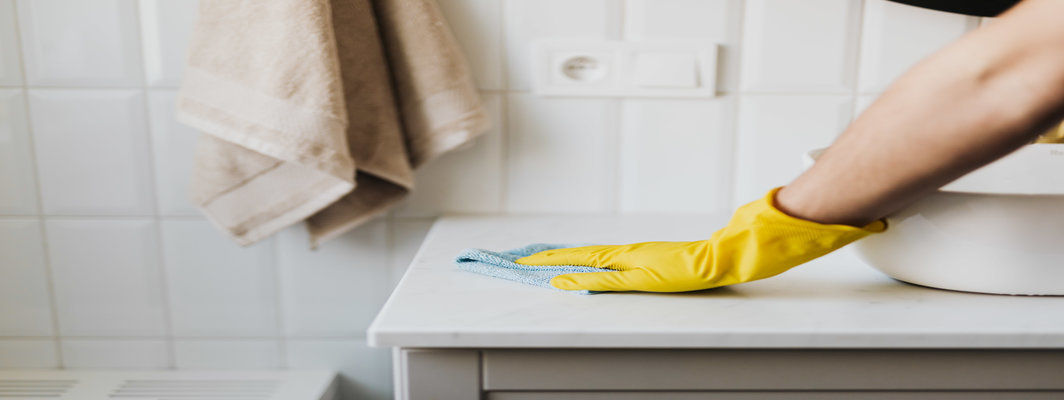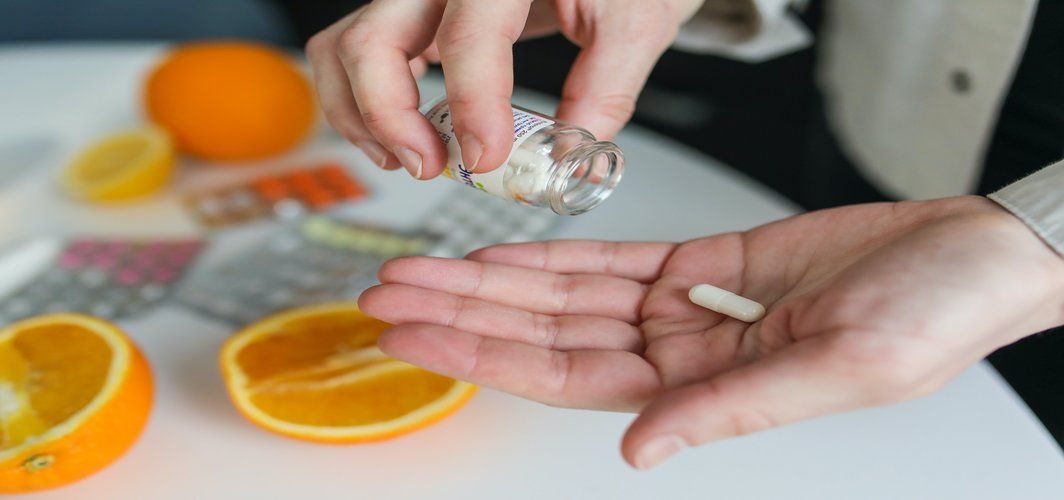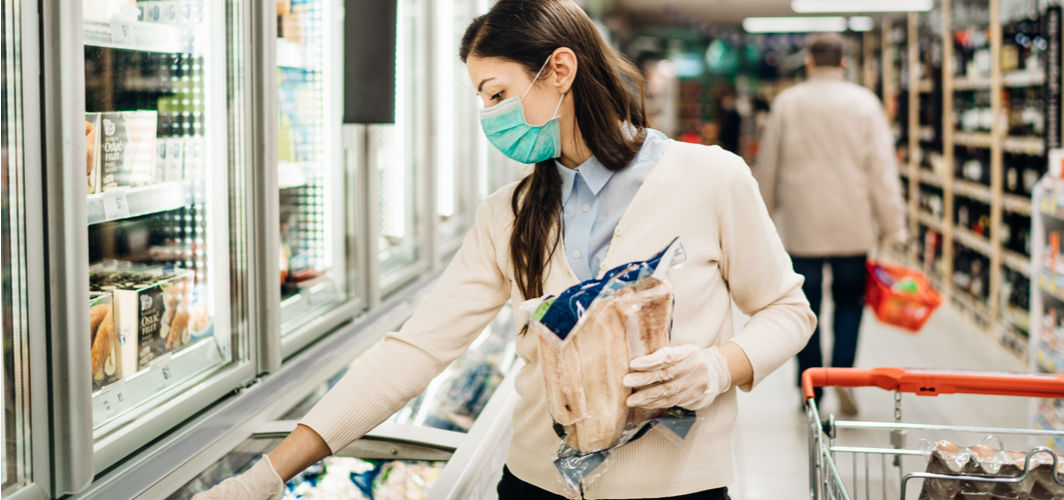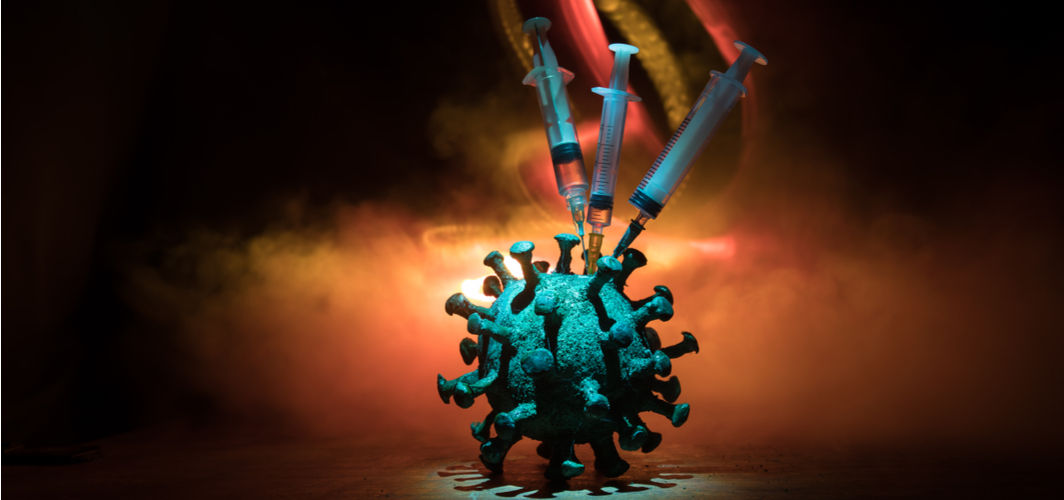Coronavirus Updates
What Items in the House Need to be Disinfected Regularly?
7 min read
By Apollo 24/7, Published on - 21 July 2020, Updated on - 18 October 2022
Share this article
4
32 likes

The surfaces of objects in our households like furniture, appliances and gadgets have a chance of getting contaminated by the Coronavirus because of which the Centers for Disease Control and Prevention (CDC) recommends cleaning and disinfection of frequently touched surfaces at least once a day. Regular cleaning and disinfection of household items are recommended even if an individual does not leave the house. This is because there are chances that people who visit your homes may unknowingly carry the virus and transmit it to you indirectly. There is also a chance of the Coronavirus entering your household through items brought from outside.
To stop the transmission of the Coronavirus through fomites (contaminated surfaces or objects), disinfection of household objects should be done frequently. Doing so can protect you and your family members from getting infected. The article will highlight the importance of disinfecting household objects, the disinfectants to use, and the precautions to take while disinfecting your household to minimize the spread of COVID-19. We will also understand the difference between cleaning, disinfection, and sanitization, along with the survival time of Coronavirus on different objects.
Survival time of Coronavirus on different objects
According to a published WHO report, the survival time of Coronavirus differs on various types of surfaces:
- Plastic: 4 days
- Stainless steel: 4 days
- Paper: 1-4 days
- Glass: 2 days
- Cardboard: 1 day
- Wood: 1 day
- Cloth: 1 day
- Copper: 4 hours
According to current evidence, Coronavirus can spread between people through respiratory droplets and by direct contact. Coronavirus transmission may occur indirectly when a healthy person touches contaminated surfaces and then touches their nose, mouth, or eyes. Hence, disinfection of such surfaces is crucial to prevent the spread of the Coronavirus.
Difference between cleaning, disinfection, and sanitization
Cleaning: It removes impurities, germs, and dirt physically from the objects or surfaces. In this process, germs are removed from the surfaces with the help of soap (detergent) and water. However, cleaning does not kill the germs but minimizes the chance of infection spread. According to published reports of the United States Environmental Protection Agency (EPA), cleaning can remove up to 93% of viruses from the objects or surfaces.
Disinfection: Disinfection can kill 99.99% germs on the objects or surfaces. Disinfectants are usually antimicrobial pesticides that should be registered with the EPA country federal agencies or equivalent organization. According to the CDC, the use of EPA registered List-N household disinfectants are effective against Coronavirus.
Sanitization: It involves both the process of cleaning and disinfection which reduces the number of germs on objects or surfaces. Sanitization is judged on the level of public health standards.
EPA approved List-N disinfectants effective against Coronavirus
According to the EPA, the most common disinfectants that can be used both in healthcare settings as well as residential settings, are:
- Bleach (Sodium hypochlorite)
- Ethanol (Ethyl alcohol)
- Isopropanol (Isopropyl alcohol)
Besides this, Glutaraldehyde, Phenols, Quaternary ammonium compounds, Hydrogen peroxide, Peroxyacetic acid (Peracetic acid), Silver di-hydrogen citrate, Citric acid, Thymol, Hypochlorous acid, Sodium chlorite, Hydrogen chloride, Chlorine dioxide, Sodium dichloroisocyanurate, Hydrochloric acid, Dodecylbenzenesulfonic acid, Lactic acid, and Sodium chloride are some of the EPA approved disinfectants.
Which household objects/surfaces should be disinfected regularly and how to disinfect them?
- Floor and hard surfaces: A linen or absorbable cloth soaked in 0.1% Sodium hypochlorite solution can be used for mopping the floor, sink, lid/commode, toilet pot, taps, and faucet. According to released guidelines by the Ministry of Health and Family Welfare (India), either a 5% bleach solution or 1% sodium hypochlorite solution can be used for the disinfection of hard surfaces. You can make 1% sodium hypochlorite at your home for disinfection purpose using the below-given composition:
|
PRODUCT |
AVAILABLE CHLORINE |
1% SODIUM HYPOCHLORITE |
|
Sodium hypochlorite – liquid bleach |
3.5% |
1 part of bleach to 2.5 part of water |
|
Sodium hypochlorite – liquid |
5% |
1 part bleach to 4 part of water |
|
Bleaching powder |
70% |
7 gram to 1 litre water |
|
Chloramine powder |
25% |
80 gram to 1 litre water |
- Metals: For disinfecting metallic surfaces like refrigerator handles, door handles, metallic window panes, security locks, keys, etc., at least 70% ethanol can be used to wipe down surfaces where the use of bleach is not suitable.
- Vehicles: Before disinfecting your vehicle, clean it with detergent and water and leave it to dry for at least 15 minutes. Once dried, you may use a disinfection fluid. For disinfecting hard nonporous vehicle parts like seats, door handle, armrests, air controls, seat belt buckles, light, doors, windows, and grab handles, at least 70% ethanol (ethyl alcohol) wipes or spray is sufficient. Else, you may also use a 1% sodium hypochlorite solution or bleach. While disinfecting four wheeler vehicles, make sure doors and windows are opened.
- Electronic goods: For disinfecting electronics goods like tablets, mobile phones, TV, remote controls, keyboard, mouse, printers, chargers, etc. at least 70% ethanol (ethyl alcohol) containing wipes or sprays can be used. After the process of disinfection, leave the electronic good surfaces for drying thoroughly. Try to put a wipeable cover on all the electronic items.
- Kitchen utensils: If cutleries, dishes, cups, mugs, and other kitchen utensils are suspected to be contaminated, they can be disinfected by boiling in water for 15 minutes after washing. Sanitary ware can be wiped with chlorine-containing disinfectant (minimum chlorine concentration of 500 mg in 1 L of water) and wiped out with clean water after 30 minutes.
- Clothes and beddings: These items can be cleaned as usual by detergent and water. After washing it can be left to dry in the air. For rugs, bean bags, sofa, and carpet floors, etc. 1% sodium hypochlorite solution can be sprayed or wiped.
- Cleaning tools: These objects are the epicenter of infection. You should soak cleaning tools like mops and rags in chlorine-containing disinfectant (minimum chlorine concentration of 500 mg in 1 L of water) for 30 minutes. Then wash it with water and detergent and leave for drying.
- Air Conditioner: After the recent declaration that COVID-19 can be spread through the air as well, ACs and their filters/filter screens need to be disinfected regularly. For this purpose, a disinfectant containing a chlorine concentration of 250 mg in 1 L of water can be used. You need to wet it with the disinfectant fluid and then leave it to dry for at least 30 minutes. Finally, it can be washed with water and detergent.
Things to keep in mind before beginning the disinfection
- The use of disinfectants is strictly for inanimate objects and not for human or veterinary use due to its hazardous and flammable nature.
- Wear gloves and masks before beginning the disinfection process to ensure safety.
- Clean the areas with soap (detergent) and water before disinfection for its effectiveness. Keep the surface wet for a while before disinfection.
- Follow the instructions on the label to ensure the safe and effective use of a disinfectant. Do not use expired disinfectants.
- Proper air ventilation is necessary. Hence, you should try to open doors and windows twice or thrice a day for at least 30 minutes each.
- Never mix household chlorine-containing bleach solution with ammonia or any other cleanser.
- Take a shower with soap and water immediately after disinfecting household objects or wash your hand with soap and water for at least 20 seconds.
- Footwear and clothes worn during disinfection should be immediately washed with detergent and water.
- Mask and gloves worn during disinfection should be discarded in a bin located outside the home.
Conclusion
Surfaces, including the ones of our household objects, are considered to be one of the major sources of Coronavirus transmission. Hence, it is important to disinfect these surfaces regularly using the appropriate disinfectants mentioned in this article. At the same time, one should also take the necessary precautions while handling disinfectants because these are chemicals and can be hazardous. And finally, you should continue to wear masks, practice social distancing, and wash hands frequently to lower the risk of contracting the Coronavirus.
If you need some recommendations for surface disinfectants, here are our top picks:
- Apollo Pharmacy Life Multi Surface Disinfectant Spray
- Savlon Surface Disinfectant Spray
- Doctor's choice hand 'n' skin disinfectant
- Marico's Travel Protect Surface Disinfectant Spray
- Ciphands Daily Surface Disinfectant
- Tri-Activ Disinfectant Spray
Coronavirus Updates
Leave Comment
Recommended for you

Coronavirus Updates
Is It a Good Idea to Take Health Supplements to Fight the Coronavirus?
While health supplements do have their benefits and can boost your immune system, it is important to talk to the doctor before consuming them.

Coronavirus Updates
Omicron Fact File: All You Need to Know
Omicron is a variant of the SARS-CoV-2 virus with 32 mutations, which make the attachment of the coronavirus spike protein to human cells easier.

Coronavirus Updates
Can Frozen or Refrigerated Food Carry the Coronavirus?
As of now, it requires more evidence and investigation to derive a concrete conclusion about whether consumption of refrigerated food items can cause Coronavirus infection.
Subscribe
Sign up for our free Health Library Daily Newsletter
Get doctor-approved health tips, news, and more.
Visual Stories

COVID-19: The situation on ground [6th July 2021]
Tap to continue exploring
Recommended for you

Coronavirus Updates
Is It a Good Idea to Take Health Supplements to Fight the Coronavirus?
While health supplements do have their benefits and can boost your immune system, it is important to talk to the doctor before consuming them.

Coronavirus Updates
Omicron Fact File: All You Need to Know
Omicron is a variant of the SARS-CoV-2 virus with 32 mutations, which make the attachment of the coronavirus spike protein to human cells easier.

Coronavirus Updates
Can Frozen or Refrigerated Food Carry the Coronavirus?
As of now, it requires more evidence and investigation to derive a concrete conclusion about whether consumption of refrigerated food items can cause Coronavirus infection.